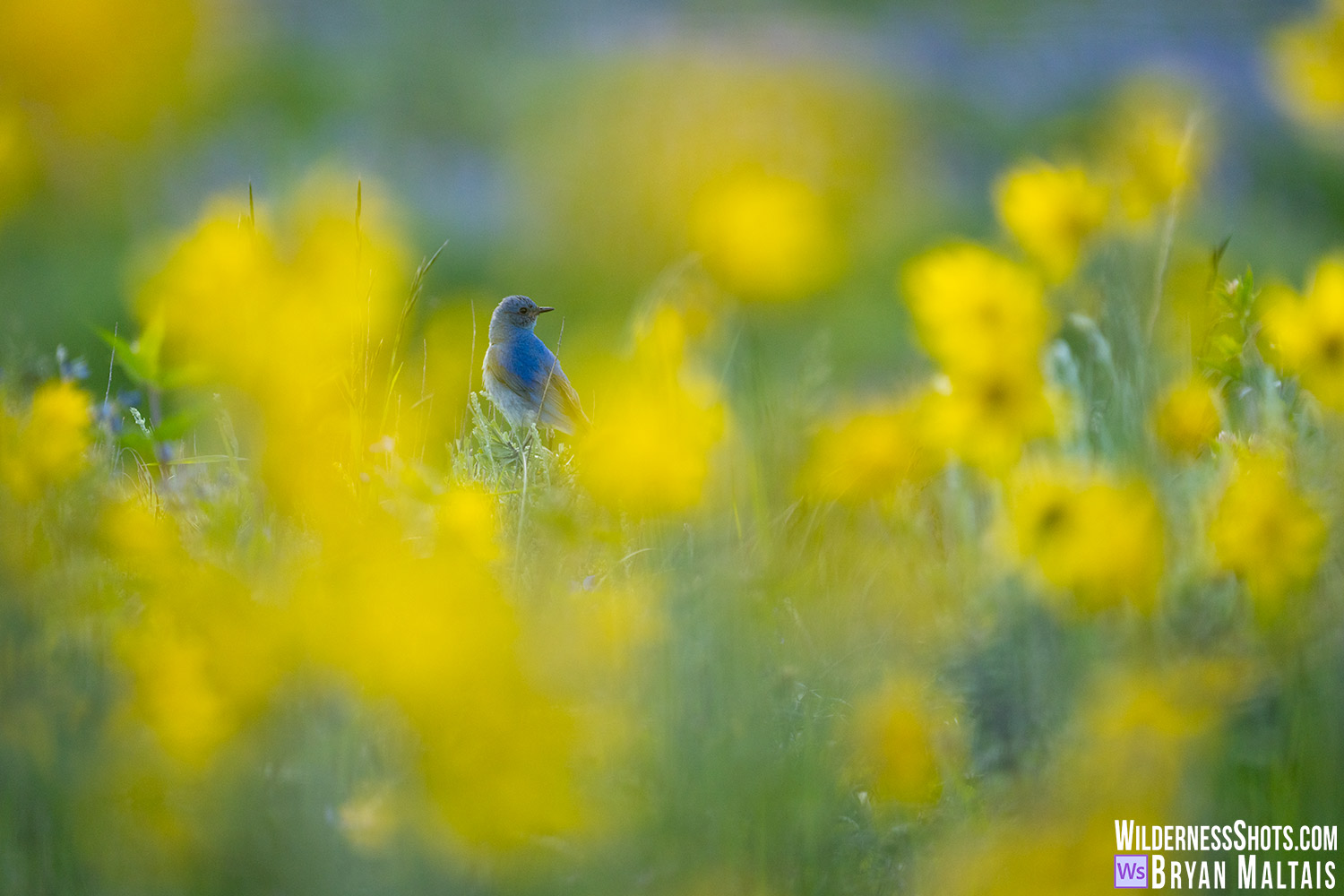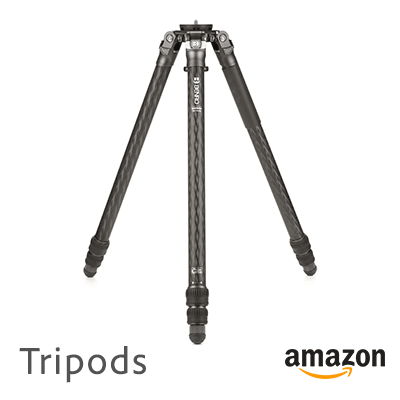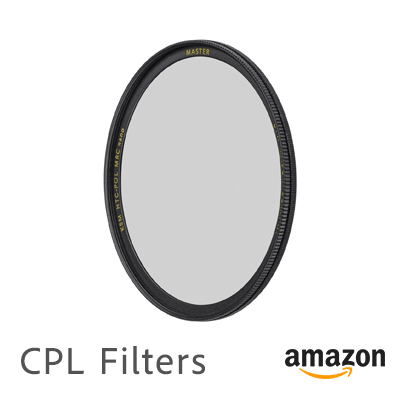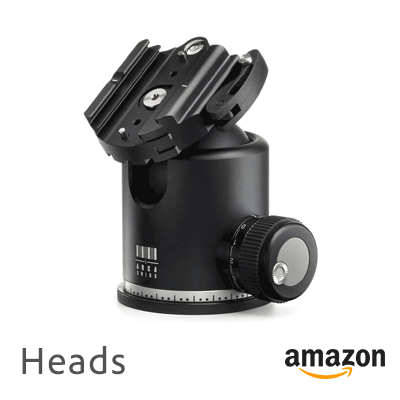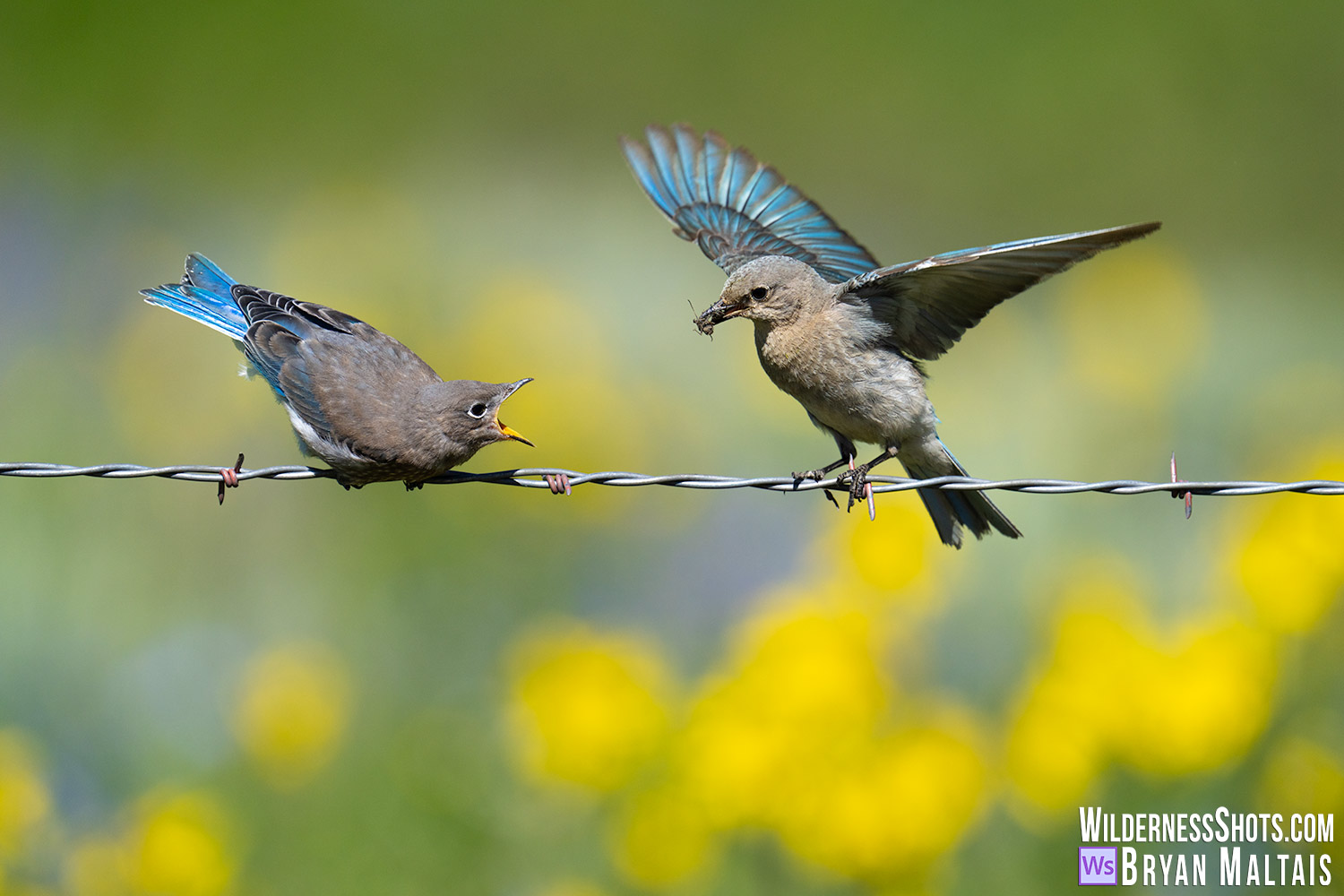
I made a brief wildflower trip to Crested Butte to shoot landscapes, but the highlight of the trip turned out to be the Mountain Bluebirds teaching their fledglings to fly. The parents tempt their chicks to make ever further flights with food. The meadows of Crested Butte have the densest wildflowers I’ve ever seen, with more colorful blooms than blades of grass in many spots. This provides unlimited hunting grounds for the parents to load their beaks up with arthropods like beetles, caterpillars, and moths.
The parents make constant rotations of hunting, feeding the chicks, and then heading back out on another sortie. Parent birds have an interesting way of motivating their babies to fly. They announce their return with a “cluck”, landing close enough to a chick for it to see the beak full of delicious insects. Then the parent flies off with another cluck a short distance away, with the chick following. The parents and chicks always returned to their original spot.
Getting the Shots
When the parents landed to feed the fledglings, the food instantly disappeared down their throats. There was no time to raise my lens, focus, and take the shot. This family had 4 chicks that waited for their parents in tall grass along a footpath. Occasionally, a chick would fly up and perch on a fence post or strand of barbed wire. This, of course, was what I was waiting for because it provided a clear shot with wildflowers in the background. To capture a shot of a fledgling being fed, I had to hold my focus on the bird until one of the parents landed. I kept both eyes open; one looking through the lens to focus on the chick, the other scanning the periphery for an incoming parent. At first, this technique takes some getting used to because two different images are being sent to your brain. Feeding happens so fast that you have to start shooting on burst mode when a parent approaches. Hand-holding my rig with a 200-600mm lens was physically challenging, limiting how long I could focus on a chick before a parent returned. The chicks moved around often, making a tripod impractical.
Camera Settings
I shot with my Sony A7rV and 200-600mm lens. Focus settings were “AF-C, Tracking Spot (small), Bird Eye Detect, Sensitivity 5. I was able to use a medium aperture of f/8 instead of the max aperture. This provided better insurance of capturing the eyes in sharp focus, while still rendering excellent bokeh because the backgound was far away. As with all wildlife, I used Manual Mode + Auto ISO, and set a shutter speed of 1/2000 sec to freeze the action. I had no concerns of where the ISO fell because I was shooting in bright sunshine. Drive mode was Continuous + High, churning out 10 fps. To achieve the maximum frame rate on the A7rV, the RAW file format must be set to Compressed.


 x
x





